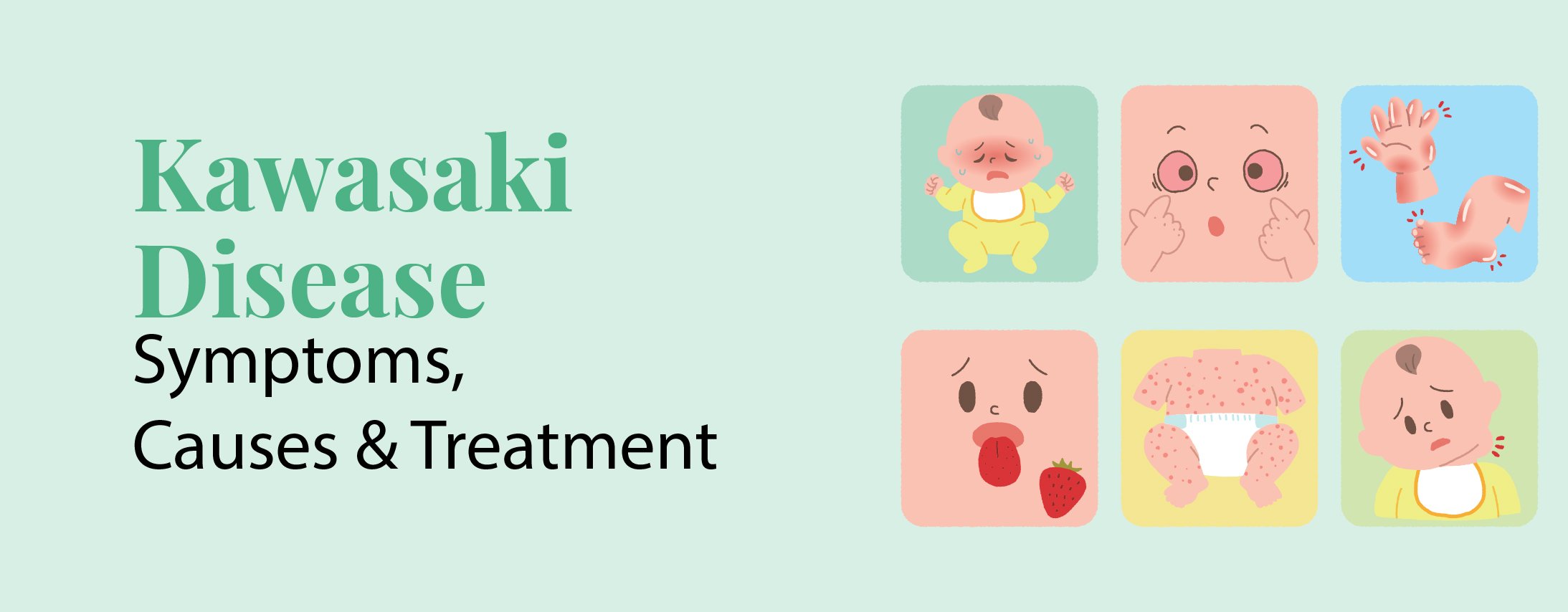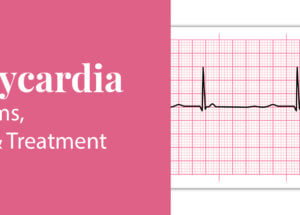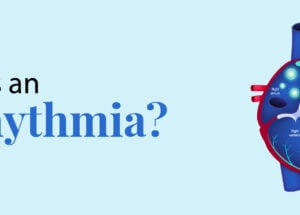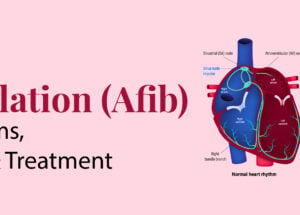Kawasaki Disease: Symptoms, Causes and Treatment
May 2, 2025

Kawasaki disease is a rare illness that mainly affects young children. It causes inflammation in the blood vessels and can lead to complications if not treated early. While it can be alarming for parents, most children recover well with proper care. It mainly affects children under five, though older children can also develop it. The exact cause of Kawasaki disease is unknown, but it is not contagious, meaning it does not spread from person to person.
One of the most concerning aspects of Kawasaki disease is its potential effect on the heart. If left untreated, it can lead to problems with the coronary arteries, which supply blood to the heart. However, with early diagnosis and proper treatment, most children recover fully.
Symptoms of Kawasaki Disease
Kawasaki disease usually develops in stages, and its symptoms appear over time. The most common signs include:
Stage 1: Early Symptoms (Acute Phase)
- High fever – The fever lasts more than five days and does not go away with regular fever-reducing methods.
- Red eyes – The whites of the eyes become red, but there is no pus or discharge.
- Rash – A rash appears on different parts of the body, including the chest, back, and groin area.
- Swollen, red lips and tongue – The tongue may look bright red, often called a “strawberry tongue.”
- Swollen hands and feet – The skin on the hands and feet may become red and swollen.
- Swollen lymph nodes – One of the lymph nodes in the neck may become large and tender.
Stage 2: Subacute Phase
- Peeling skin – The skin on the hands and feet, especially the fingers and toes, may start to peel off in large sheets.
- Joint pain – Some children experience pain and swelling in their joints.
- Irritability – The child may be unusually fussy and uncomfortable.
- Abdominal issues – Some children experience stomach pain, diarrhea, or vomiting.
- Heart problems – Inflammation can affect the blood vessels around the heart, leading to complications if not treated early.
Stage 3: Recovery Phase
- Symptoms start to improve gradually.
- Energy levels return to normal.
- Blood vessel inflammation begins to heal.
What Causes Kawasaki Disease?
The exact cause of Kawasaki disease is still unknown. However, researchers believe that a combination of genetic and environmental factors may trigger the disease. Some of the possible causes include:
- Immune system response – The body’s immune system may overreact to an infection, leading to inflammation of the blood vessels.
- Genetics – Some children may be more prone to Kawasaki disease due to inherited factors.
- Viruses or bacteria – Some studies suggest that infections might trigger the disease, though no specific germ has been identified.
- Environmental factors – Kawasaki disease seems to occur more often in certain seasons and regions, suggesting that environmental factors like weather or pollution might play a role.
How is Kawasaki Disease Diagnosed?
There is no single test for Kawasaki disease. Instead, doctors diagnose it based on symptoms, medical history, and physical examination. Some tests that may be done include:
- Blood tests – To check for inflammation and rule out other illnesses.
- Urine tests – To rule out infections or other conditions.
- Echocardiogram (heart ultrasound) – To check for heart problems or inflammation in the coronary arteries.
- Electrocardiogram (ECG or EKG) – To monitor heart function and rhythm.
Treatment of Kawasaki Disease
The main goal of treatment is to reduce inflammation and prevent complications, especially those affecting the heart. Early treatment helps lower the risk of long-term heart issues.
-
Hospital Care
Children with Kawasaki disease are usually treated in the hospital, especially in the early stages. Doctors monitor their heart and overall health closely to ensure there are no complications.
-
Managing Fever and Inflammation
Since fever is a key symptom, treatment focuses on reducing inflammation and keeping the child comfortable. Parents may need to ensure their child stays well-hydrated and gets enough rest.
-
Long-Term Care and Follow-Up
Some children may need follow-up checkups to monitor their heart health. Doctors may recommend:
- Regular heart checkups – To ensure the coronary arteries remain healthy.
- Lifestyle recommendations – A heart-healthy diet and regular physical activity may be suggested to support overall cardiovascular health.
Conclusion
Kawasaki disease is a rare but serious illness that mainly affects young children. It causes inflammation in blood vessels and can lead to heart problems if not treated early. While the exact cause is unknown, early diagnosis and medical care can help ensure a full recovery. If your child has a prolonged fever along with symptoms like red eyes, rash, or swollen hands and feet, it is important to seek medical attention right away. With the right care, most children with Kawasaki disease recover and lead healthy lives.
Frequently Asked Questions
1. Can Kawasaki Disease Be Prevented?
Since the exact cause is unknown, there is no sure way to prevent Kawasaki disease. However, early detection and treatment can reduce the risk of serious complications. Parents can help by:
- Being aware of symptoms and seeking medical help if needed.
- Keeping up with regular pediatric checkups.
- Encouraging a healthy lifestyle to support overall immune health.’
2. When to Seek Medical Help?
If a child has a fever that lasts more than five days and shows other symptoms like red eyes, rash, or swollen hands and feet, it is important to see a doctor immediately. Early treatment can help prevent complications, especially those related to the heart.
3. Who is at Risk?
While Kawasaki disease can affect any child, certain factors may increase the risk:
- Age – Most commonly affects children under five years old.
- Gender – Boys are slightly more likely to develop Kawasaki disease than girls.
- Ethnicity – It is more common in children of Asian descent, particularly those from Japan and Korea.
Family history – Siblings of children who have had Kawasaki disease may have a slightly higher risk.





